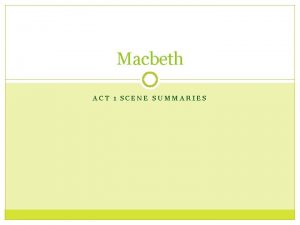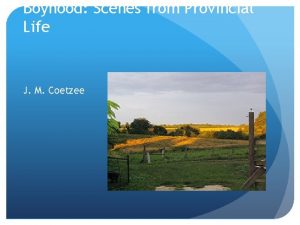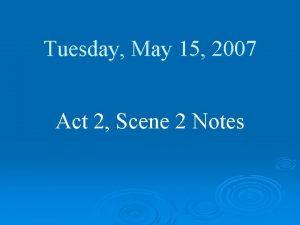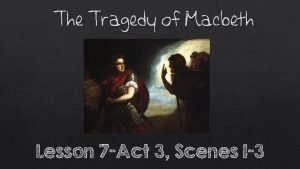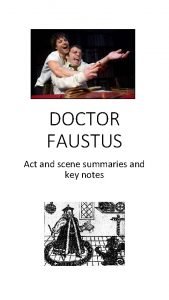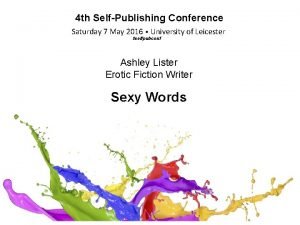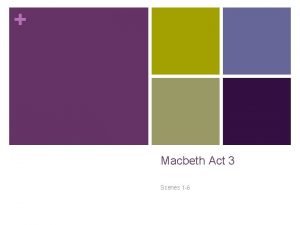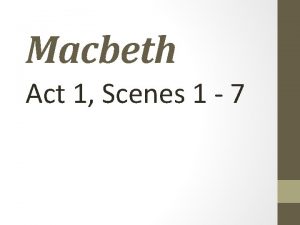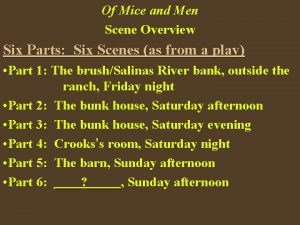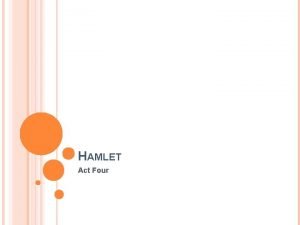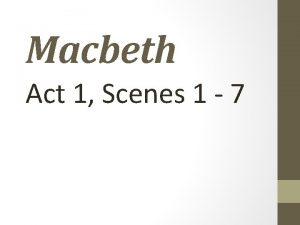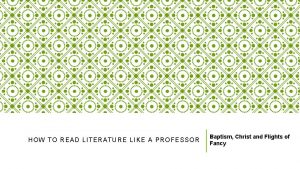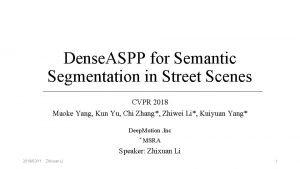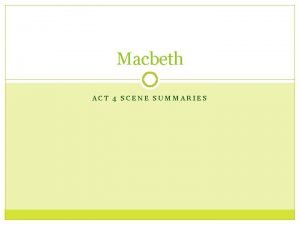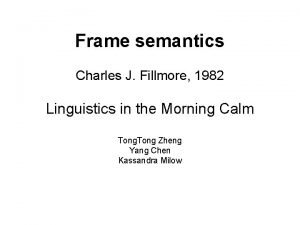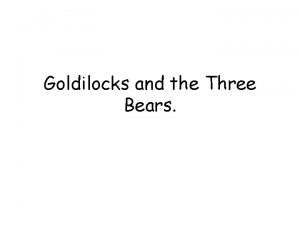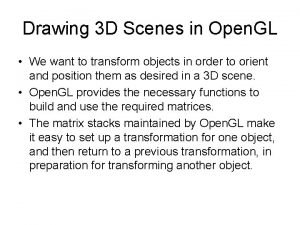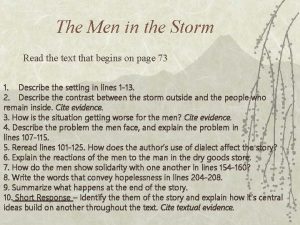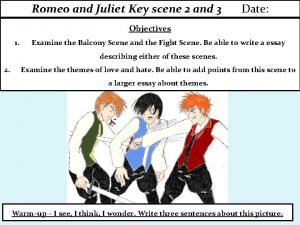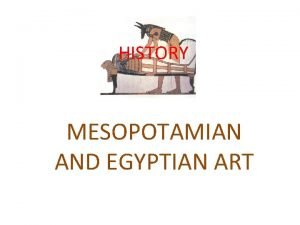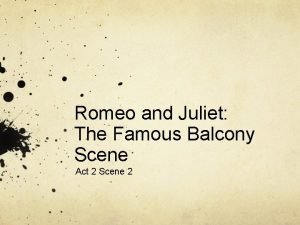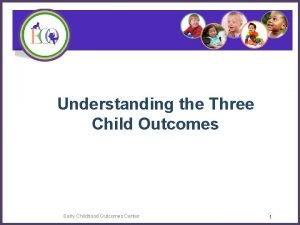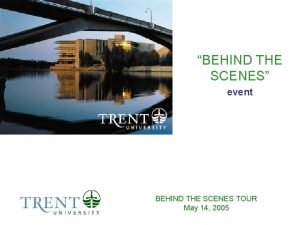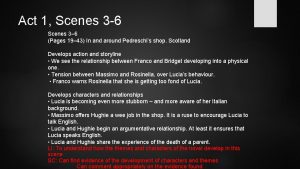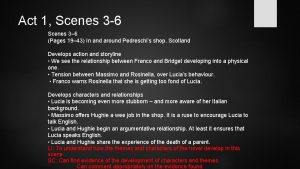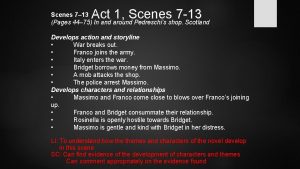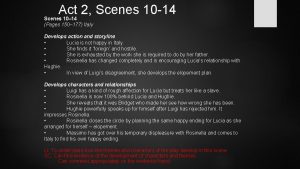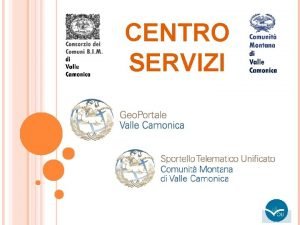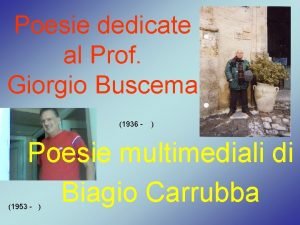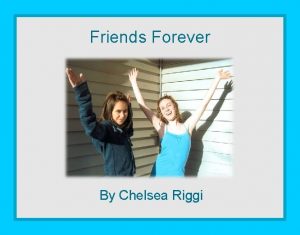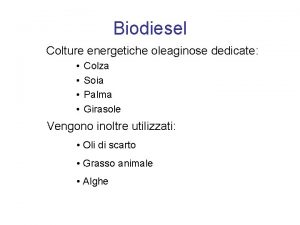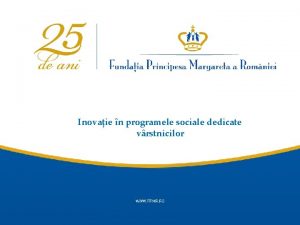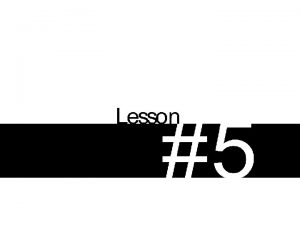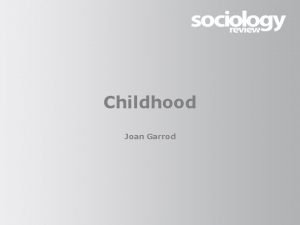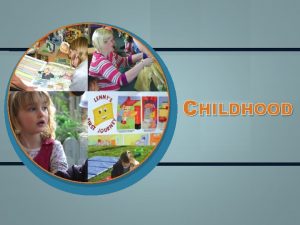Childhood Scenes I dedicate Childhood Scenes to my







































- Slides: 39

Childhood Scenes

I dedicate Childhood Scenes to my daughter Maria Isabel and my newborn nephews Alex and Bruno, and above all to my Mother, who bequeathed me the loveliest memories, still fresh in my mind, of a time when it was easier to be a child, where the creature lived more in communion the Creator. Sandra Guinle

“My work is a prayer of thanks to God for the gift He has lent me. . . ” “I want people to look at the bronze and recall the frailty of clay”

Making of

Cracking the plaster to reveal the rough bronze sculpture

Modeling on a wire frame

Welding


Sculptures

The Balloon Girl

Guess who. . .

Hopscotch

Messing around with mommy

Hula-hoop

Marbles

Carrapicho

Cart

Ring-a Roses

Spinning

Brother spinning Sister

Spinning a top

The Boy and the Kite

Father with Son and Daughter

Mischief on the See-Saw

Shuttlecock

Pinning the Tail on the Donkey

Leap frog

Skipping Rope

Leaping over the Bonfire

Sculptures

Superstar

Five dreams

Pas-de-Deux

Canvases

Visitas guiadas APAE-RIO

Visitas guiadas Instituto Benjamin Constant

The Workshop Childhood Games By Ana Rondon (Workshop Coordinator) The playful spirit of childhood games teaches us to experience feelings, desires and aspirations that range from happiness and its contagious spirit to an awareness of our own limits. Flying a kite is a living adventure, watching something that we have made rise to the sky, a metaphor for our dreams. Through play, our traditions are passed on from generation to generation, bearing with them myths, legends, characters and facts that are an integral part of our history, our folklore and our culture, brightened by colors and beliefs, as well as ethnic and religious characteristics. Preserved and appreciated, our round-songs are games and play, with their tunes, lyrics and sounds offering not only the pleasure of play, but also strengthening our affective social roots. Children at play are exercising their most sacred right: being a child. Living through experiences, with the right to make mistakes and be imperfect, crying and above all laughing heartily at everything, is how individuality is built up within a healthy community. Playing is an act of social love, appreciating the child as an integral being within a family cell and a community hive. This fosters the absorption of essential values, such as citizenship and culture, through apparently simple and ingenuous knowledge. And culture is the legacy of us all, the guardian of our passages and paths, our history and our heritage.

The Workshop JUSTIFICATION Through visiting the universe of the child from the standpoint of street games, Sandra Guinle plunges into a tradition that is fading away. Her bronze sculptures represent almost-vanished aspects of folk culture, moments that have shaped the imagetic framework of many generations. The significance of this project is quite clear, bringing together languages designed to provide resources for a learning process. Just as an example, 48 workshops are planned for 480 children. This is a small but significant number, as the main targets are students in the government-run school network, whose experience of play has been severely curtailed. In closing, we can affirm that childhood scenes is a project designed to retrieve a heritage and restore citizenship, redeeming the most beautiful aspects that lie within us.

Children’s Scenes Solid bronze in flight The marks of hands and fingers on the ephemeral mortar of the clay imprint the hardness of the bronze with permanent lyric poetics, making it light and almost mobile. Its solidity expands and glides through space, twirling in the air and taking off without losing its gravity. Grasped in memory, Children´s Scenes survive with simplicity and purity a world saturated with technoships, cybergames, pinball machines and videojets. Through her sculptures, Sandra Guinle seeks the permanence of simpler values. Free from intellectual intrigues and conceptual definitions, she firms up fantasies in subtle and coarse forms spontaneously, far removed from theories, prescriptions and categorizations. It is more worthwhile to establish feelings through touch, the pleasure of redeeming the ingenuous and innocent play of all childhood with the seduction of happy moments that remain forever within us all. The urgent gestural language used by Sandra to construct her figures imbues matter with all her spirituality and reflection. This almost obsessive spontaneous materialization results in unity and coherence, linked by the poetics of the images that develop around a single theme. Through this approach, Sandra redeems the Expressionistic language that has influenced Brazilian Modern Art to such a great extent and thus, far from being diluted through all contemporary experimentation, it blossoms whenever necessary as though withstanding time and proving its undepletable power. Direct action on the material, in order to endow the work with instant feeling, in a discovery that the artist deploys with conviction. More than a redemption of play, Children’s Scenes reflects a leap forward in the consistency and dimension of her career. Small figures are enlarged, not only in their shapes but also their meanings, as though the artist were striving to embody herself in them, revealing herself within them and returning to the inner self the feelings and tales that linger half-forgotten in people’s memories. This is like looking through the eyes of a child, whose imagination expands tiny objects and scenes, real stories and fantasies. The sculptures move or lead to movement, spinning around themselves and their own suggestion, prompting interactivity and touching the universe of the imagination. This seems to be the intention of the artist: to
 Dedicate a la lectura
Dedicate a la lectura Principles of growth and development
Principles of growth and development Macbeth summary act 1 scene 1
Macbeth summary act 1 scene 1 Provincial life definition
Provincial life definition Sketch all serious crime and crash scenes:
Sketch all serious crime and crash scenes: Lord of the flies important scenes
Lord of the flies important scenes Flynn's taxonomy
Flynn's taxonomy Parallel scenes in the kite runner
Parallel scenes in the kite runner Othello act 1 scene 3 summary
Othello act 1 scene 3 summary How does this scene prepare the reader for future scenes?
How does this scene prepare the reader for future scenes? Processing crime and incident scenes
Processing crime and incident scenes Fictional character
Fictional character How many scenes in act 5 of hamlet
How many scenes in act 5 of hamlet Act 3 macbeth translation
Act 3 macbeth translation Dr faustus act 5 scene 2
Dr faustus act 5 scene 2 Sex scenes
Sex scenes Comic relief definition macbeth
Comic relief definition macbeth Macbeth act 1 summary scenes 1-7
Macbeth act 1 summary scenes 1-7 Of mice and men scenes
Of mice and men scenes Hamlet key scenes
Hamlet key scenes Macbeth act 1 scene 4-7 summary
Macbeth act 1 scene 4-7 summary A profes
A profes Jeremiah 36 niv
Jeremiah 36 niv Theme of fate in romeo and juliet quotes
Theme of fate in romeo and juliet quotes The passion of the christ behind the scenes
The passion of the christ behind the scenes How to draw sand underwater
How to draw sand underwater Nigeria behind the scenes
Nigeria behind the scenes Denseaspp for semantic segmentation in street scenes
Denseaspp for semantic segmentation in street scenes Macbeth act 4 summaries
Macbeth act 4 summaries Frame in linguistics
Frame in linguistics What did goldilocks see in the bedroom
What did goldilocks see in the bedroom Sketch of locality in crime scene
Sketch of locality in crime scene Gl scenes
Gl scenes Theme of the men in the storm
Theme of the men in the storm Key scenes in romeo and juliet
Key scenes in romeo and juliet Preface from behind the scenes
Preface from behind the scenes Did paris love juliet?
Did paris love juliet? Mesopotamia arch
Mesopotamia arch Famous balcony scenes
Famous balcony scenes Early childhood outcomes center
Early childhood outcomes center


